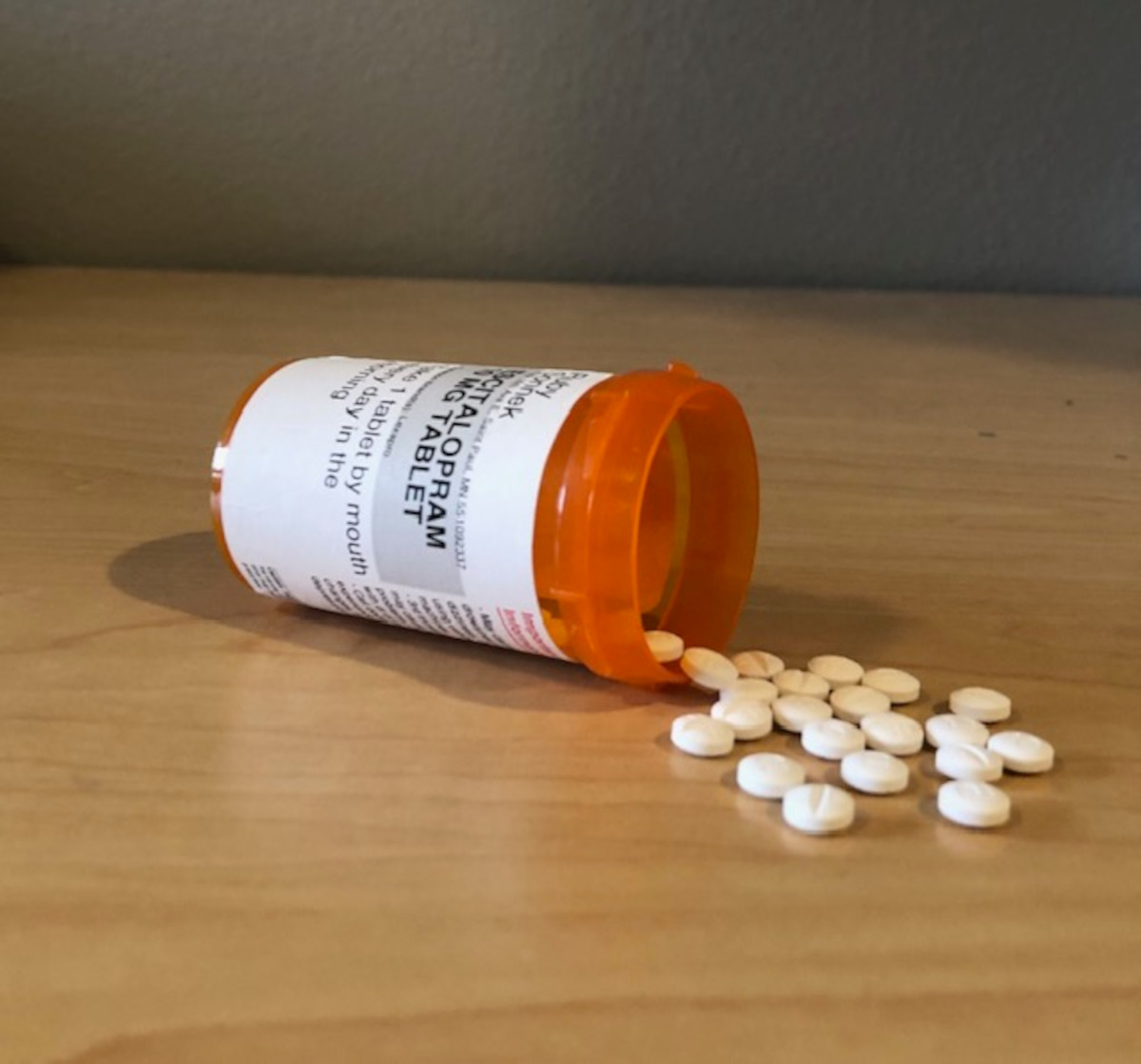It comes as no surprise that this bill drew fierce debate, but with changes in society relating to sex, it’s appropriate to provide more comprehensive curriculum for students. Abstinence-only education is not only antiquated, it doesn’t work.
I strain to remember back to my middle school sex-education courses, but instruction on applying condoms and information about sexually transmitted diseases was certainly included in the curriculum. Sure, we all laughed nervously as we watched an animated erection on the TV screen, but I’m certain many students took those lessons to heart outside the classroom. Some opponents of the bill say this type of sex education could encourage students to have sex early – I disagree. Ultimately, students should be taught safe practices, including healthy relationship practices, before they are sexually active, otherwise these measures may be too little, too late. As with all sex-ed classes, parents can opt to remove their children from the classroom.
Staying true to form, every Republican in the Wisconsin State Senate voted unanimously against this bill. But this issue shouldn’t warrant partisan debate. It’s dealing with children’s well being, and their familiarity with the consequences of having sex.
It could be argued that children can adequately be informed about safe sex practices by their parents, but I believe it’s important for students to learn in a social setting of their peers.
This bill offers a realistic approach to teaching sex education in schools. Nowhere in the bill’s language does it encourage engaging in premarital sex without consequence. No one would believe that’s a responsible approach.
I had a conversation with my mom recently, who teaches sex-ed to seventh graders in Minnesota. She told me that every year a rumor circulates among her students that if they laugh they will receive detention. She also mentioned that most students claim they don’t really want to learn about anatomy, puberty and other topics that fall under the umbrella of health and sex- ed classes, a claim she said comes down to self-consciousness more than truth.
According to the Wisconsin Department of Public Health, 45 percent of teens studied in 2007 had had sex. Among students who had had sex within three months of the study, 61 percent used a condom. While I’m glad to report that number has been gradually increasing, that still means about four out of every 10 high school students are having unprotected sex – and that’s four too many.
If the introduction of contraception and sexually transmitted diseases can be introduced to students earlier and more broadly, perhaps the number of students using protection will increase.
According to the same Wisconsin DPH report, teen pregnancy has been increasing since 2005.
This column’s breadth can’t encompass the finer points of when it’s appropriate to start having sex, because I honestly don’t know. It’s a complex issue that must take into account religious beliefs, personal morals and, of course, the health of young people’s relationships. I don’t really think high school students are really ready to start having sex, but the key to effective sex education is to teach it to students before they are sexually active. If a kid never learns any safe practices, and decides to have sex, that person will be left to his or her own devices.
The Grind is a weekly column. Taintor, The Spectator’s editorial editor, can be reached at
[email protected]






